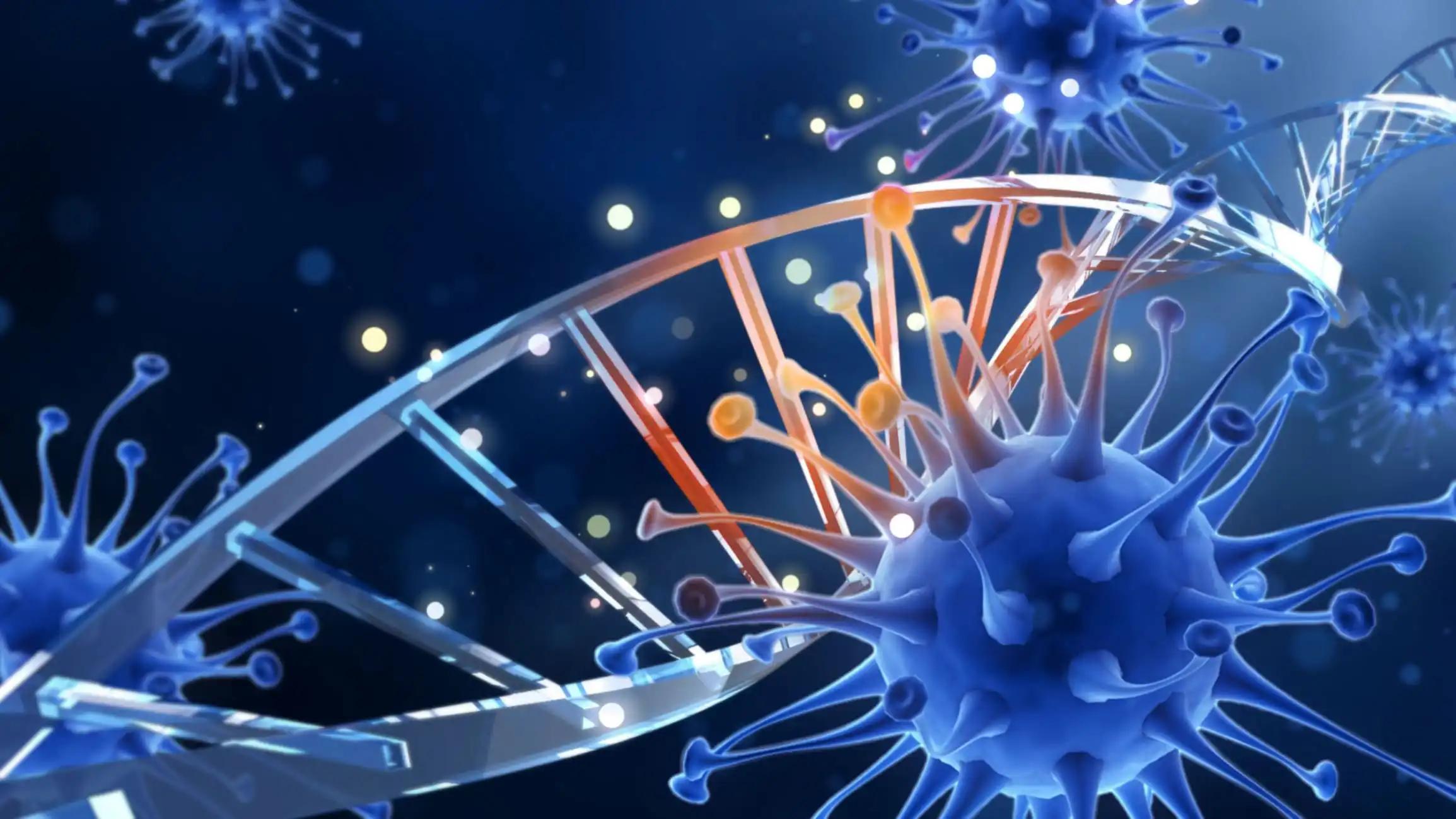KEY TAKEAWAYS
- The study aimed to assess the patient, tumor, and tissue sampling factors and identify their correlation with successful PDO establishment in pts with HNSCC.
- Researchers observed higher organoid outgrowth success in pts (<68 years) with efficiency-sampled tissues.
Patient derived organoids (PDOs) are 3D in vitro models that are demonstrated to better reflect patient and tumor heterogeneity vs. conventional 2D cell lines. Employing these models in clinical settings and trials for biomarker discovery or drug response evaluation there it is urgently needed to determine the best way to optimize sample selection for maximum PDO establishment.
W W B de Kort and the team aimed to assess patient, tumor, and tissue sampling factors and identify their correlation with successful PDO establishment in a well-documented cohort of patients (pts) with head and neck squamous cell carcinoma (HNSCC).
Researchers obtained tumors and non-tumorous adjacent tissue samples from pts with HNSCC during routine biopsy or resection procedures. The obtained tissues were thereafter processed for establishing PDOs.
The sample purity was determined based on the presence of epithelial cells in the culture on the organoid isolation day, as microscopically visualized by the clinician. PDO establishment was recorded for all samples, and clinical data was obtained from medical records to correlate PDO establishment to the presence of epithelial cells.
Results showed that PDOs could be established in 133 out of 250 (53.2%) primary tumor site tissues. HNSCC organoid establishment tended to be more successful if pts were younger than the median age of 68 years (74 out of 123, or 60.2%, compared to 59 out of 127, or 46.5%, P = 0.03).
For a subset of samples, the presence of epithelial cells in the organoid culture on the day of organoid isolation was recorded in 112 of 149 (75.2%) of these samples. When cultures were selected for the presence of epithelial cells, the establishment of PDOs increased to 76.8% (86 out of 112 samples).
The study identified a trend between age and organoid establishment, showing that HNSCC pts under 68 years had higher organoid outgrowth success and highlighted the importance of efficient sampling for PDO establishment.
The study was funded by Oncode PoC 2018-P0003.
Source: https://pubmed.ncbi.nlm.nih.gov/38940869/
de Kort WWB, Millen R, Driehuis E, et al. (2024). “Clinicopathological Factors as Predictors for Establishment of Patient Derived Head and Neck Squamous Cell Carcinoma Organoids.” Head Neck Pathol. 2024 Jun 28;18(1):59. doi: 10.1007/s12105-024-01658-x. PMID: 38940869; PMCID: PMC11213837.



